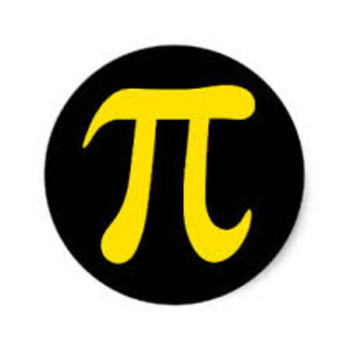Question #852f1
2 Answers
Explanation:
Let the two consecutive positive integers be
We know that
Apply Quadratic Formula, that is
So,
Then
So the positive consecutive integers whose sum of squares is 365 are
The positive integers are
Explanation:
Let the two integers be
The sum of their squares must be
As we are looking for two integers, the expression will factorise.
Factors which differ by
The likely factors are
Solving gives

